#27 in Vietnam
Popular Chè Variations
Chè: Ingredients and Preparation
Main Ingredients
Main Cooking Method
Preparation Process
Chè: A Deep Dive
Cultural Significance
Taste
Texture
Aroma
Color
Serving Style
Serving Temperature
Accompaniment
Occasions
Seasons
Special Diets
Calories
Popularity
Popular Similar Dishes
- Bubur Cha Cha
- Thapthim Krop
- Cendol
- Halo-halo
- Tong Sui
Popular Dining Area
Chè is a traditional Vietnamese sweet soup or pudding usually served as a dessert. It can be made with numerous ingredients, creating countless variations.
The most common components for chè are coconut milk, beans, grains, tubers, fruits, and add-ins like rock sugar, sesame seeds, dumplings, pandan extract, seaweed, bột báng (tapioca grains), or even edible bird’s nest.
Chè is suitable for all occasions and venues, from homemade meals to lavish feasts, from roadside stalls to fancy restaurants. Locals usually serve chè hot or with ice in a bowl or in a glass (like a beverage).
The name of each chè variety consists of the word “chè” and its main ingredient. For instance, “chè bắp” incorporates corn (known as “bắp” in Vietnamese), while “chè đậu xanh” features mung beans (referred to as “đậu xanh” in Vietnamese).
Be careful when ordering chè in Northern Vietnam because tea is also called “chè” here.
Read on to discover the many types of chè in Vietnam. Next, I will go into the advantages and disadvantages of chè before covering commonly asked questions and suggest similar dishes.
Key Points
Chè Images
What Are the Most Popular Variations of Chè?
Although the number of chè variations is enormous, the following 24 types will give you a clear picture of what Vietnamese chè is like.
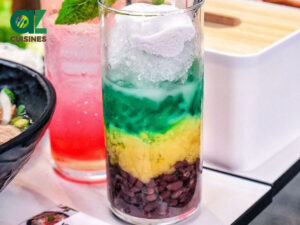
Chè Ba Màu
Literally means “tri-color chè”Often white, green, and redCan be made with ingredients having those three colors, usually beans
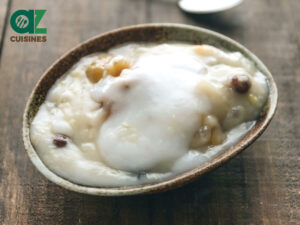
Chè Bà Ba
Also known as chè thưngPopular in Southern VietnamAlleged to be named after its creator’s nickname or a traditional garment in Southern VietnamConsists of coconut milk soup base and various types of tubers
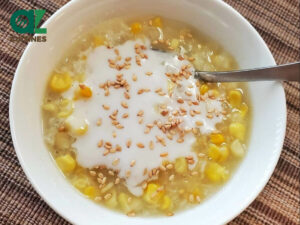
Chè Bắp
Literally means “corn chè”Made with fresh corn kernels and coconut milk
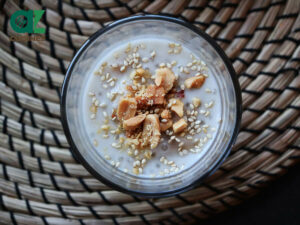
Chè Chuối
Literally means “banana chè”Made with bananas, coconut milk, and tapioca grainsCan have optional ingredients
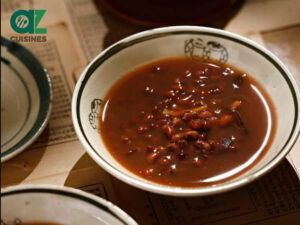
Chè Đậu Đỏ
Literally means “red bean chè”Made with adzuki beans
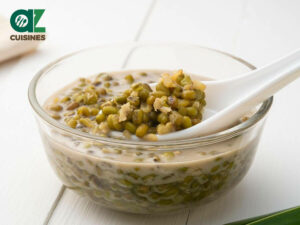
Chè Đậu Xanh
Literally means “green bean chè”Made with mung beans

Chè Đậu Đen
Literally means “black bean chè”Made with black cowpeas
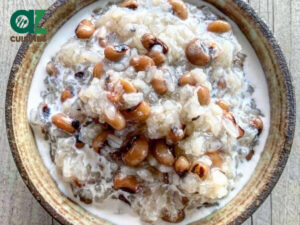
Chè Đậu Trắng
Literally means “white bean chè”Made with black-eyed peas
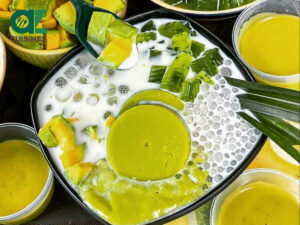
Chè Bơ
Literally means “avocado chè”Made with avocados, coconut milk, sticky rice flour, etc.
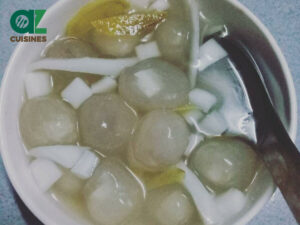
Chè Bột Lọc
Contains bánh bột lọc (clear-looking, chewy tapioca dumplings without or without a sweet filling)
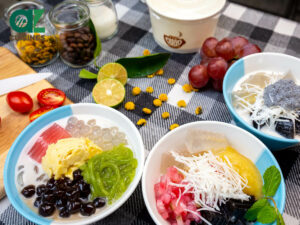
Chè Thái
Literally means “Thai chè”Possibly derived from the Thai dessert thapthim kropConsists of a sweet coconut milk base, jellies, and various fruits
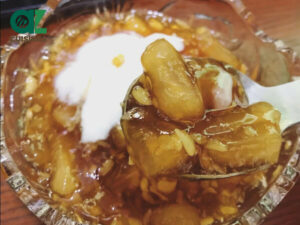
Chè Bưởi
Literally means “pomelo chè”Made with mung beans, pomelo pith, coconut milk, tapioca starch, rock sugar, coconut meatPopular in Hanoi and the Mekong Delta
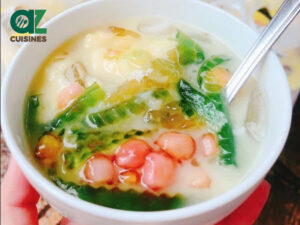
Chè Hạt Lựu
Literally means “pomegranate seed chè”Consists of hạt lựu, rice flour or water chestnuts cut into small pieces like pomegranate seedsAlso has coconut milkCan have grass jelly and cendol (green, rice flour-based jelly noodles), creating a variation called chè sương sa hạt lựu
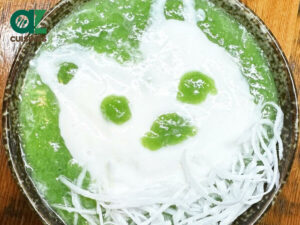
Chè Cốm
Made with cốm (a chewy food made from pounded green rice), kudzu powder, pomelo essenceMainly popular in Northern Vietnam
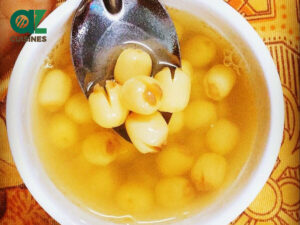
Chè Hạt Sen
Literally means “lotus seed chè”Made with lotus seeds and kudzu powderCan incorporate dried longans to create a variation called chè hạt sen nhãn nhục
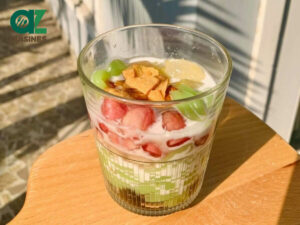
Chè Củ Năng
Has water chestnuts and coconut milk as the main ingredientsCan contain other ingredients
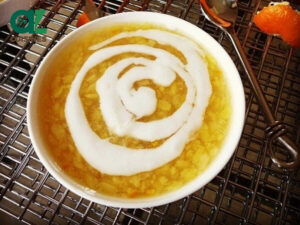
Chè Táo Xọn
Also known as chè hoa cauMainly popular in Northern and Central Vietnam, especially in Thua Thien Hue provinceMade with peeled mung beans, coconut milk, tapioca starch, and plenty of granulated sugarHas a sweet flavor and viscous texture
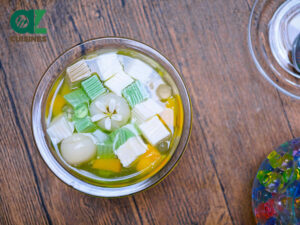
Chè Khúc Bạch
Consists of sweet jellies made from milk, whipped cream, coconut milk, and gelatinCan also have almonds and longans or lychees
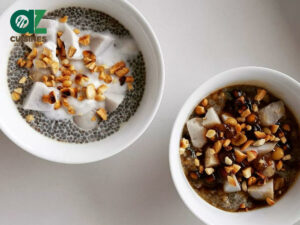
Chè Khoai Môn
Literally means “taro chè”Made with taro and coconut milkCan incorporate sticky rice
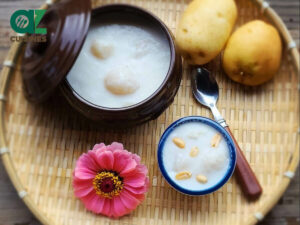
Chè Khoai Tây
Literally means “potato chè”Made with potatoes and eggs (optional)
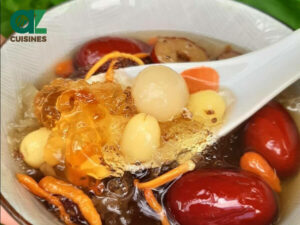
Chè Dưỡng Nhan
Literally means “beauty chè”Made with various ingredients thought to have skin health benefits, such as snow fungus, red algae, goji berries, etc.Can include peach sap or resin, but this ingredient contains toxins and should not be consumed

Chè Trôi Nước
Also known as bánh chayConsists of bánh trôi nước (glutinous rice balls filled with mung bean paste) in a sweet ginger-flavored broth
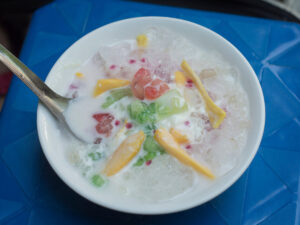
Chè Bột Báng
Sweet pudding made from tapioca pearls

Chè Bánh Lọt
Vietnamese version of cendolMade with cendol noodles and coconut milk
The unparalleled diversity is an enormous upside of chè, but this sweet dessert also has other benefits and possible shortcomings.
Pros and Cons of Eating Chè
Chè comes with the following upsides and downsides.
Pros
Cons
Besides those pros and cons, I have many other facts about chè to share with you. Let’s check out the FAQs section.



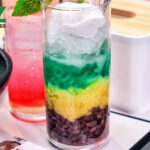

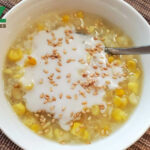

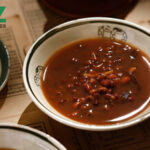

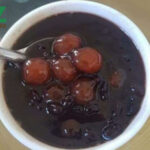
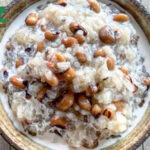

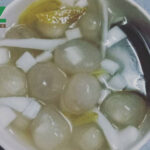


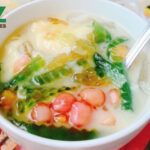
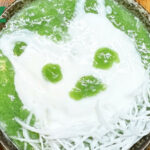
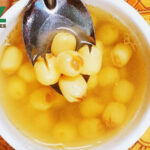
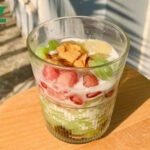
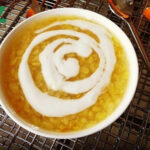
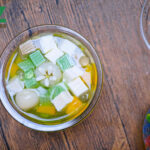
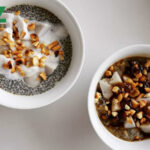


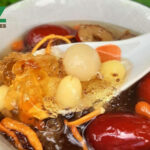
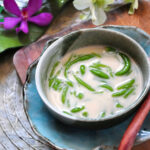
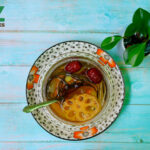

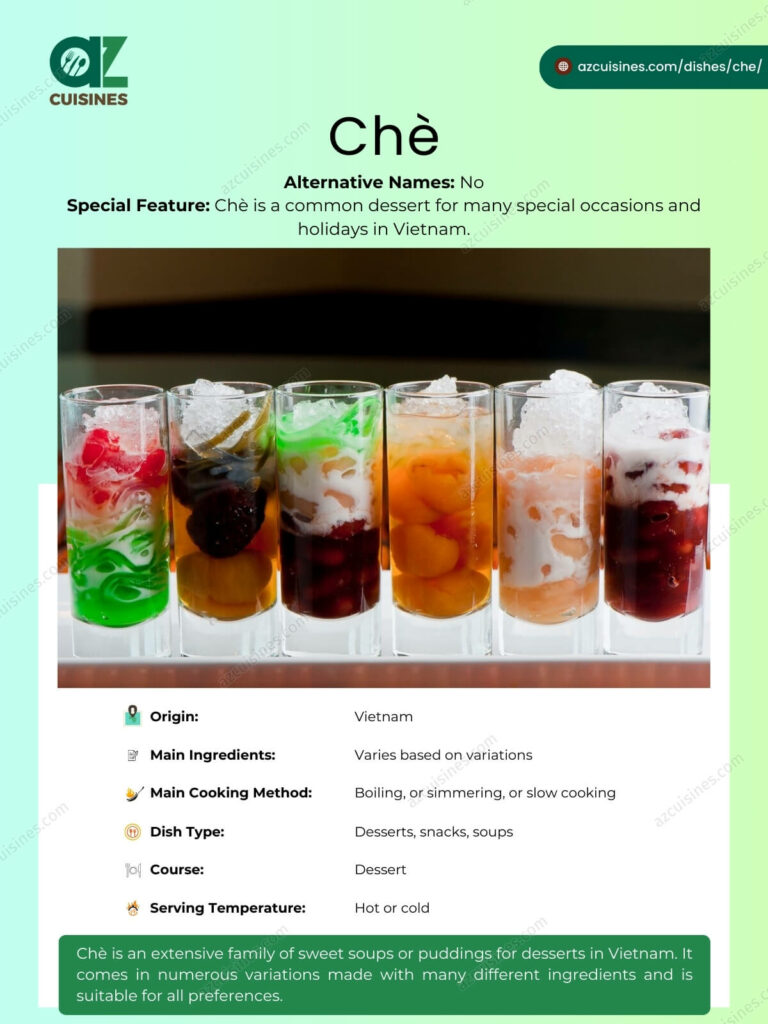
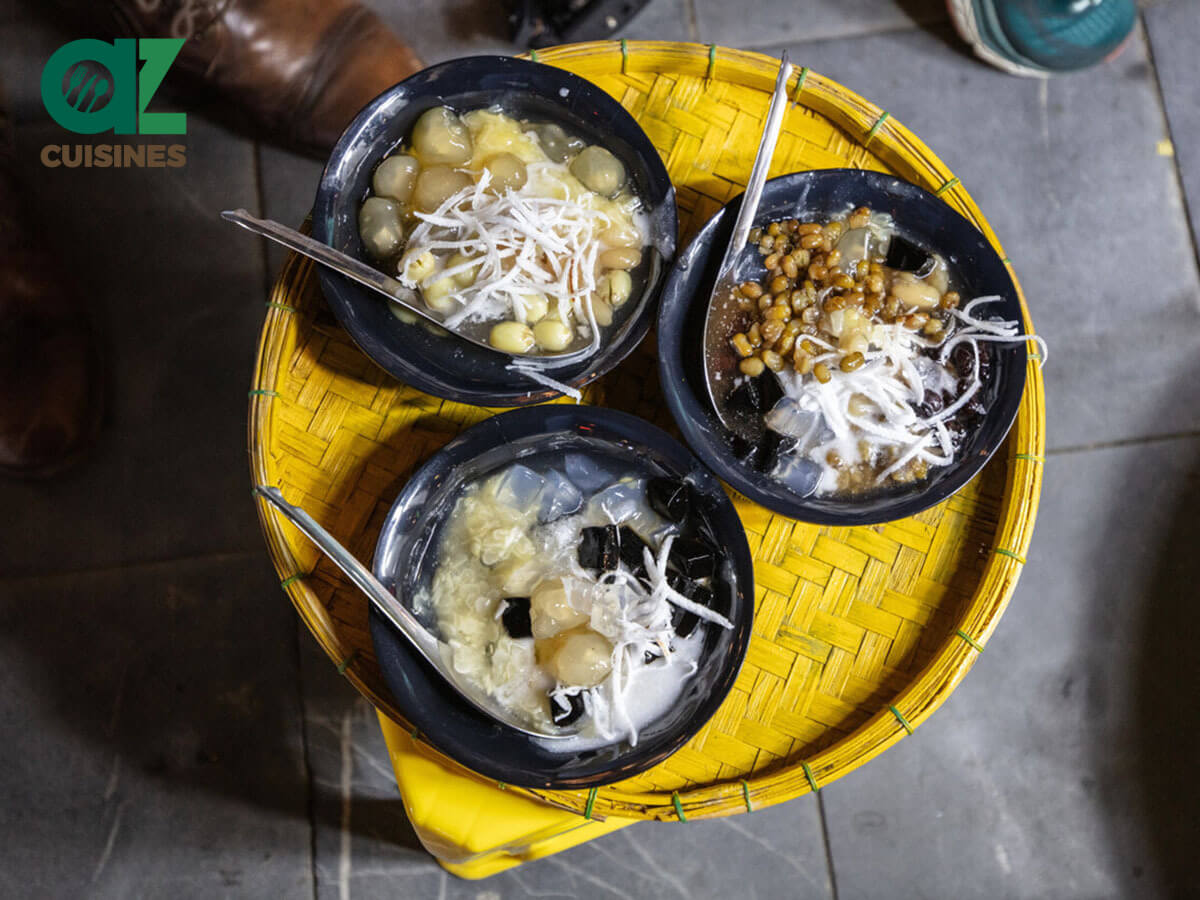

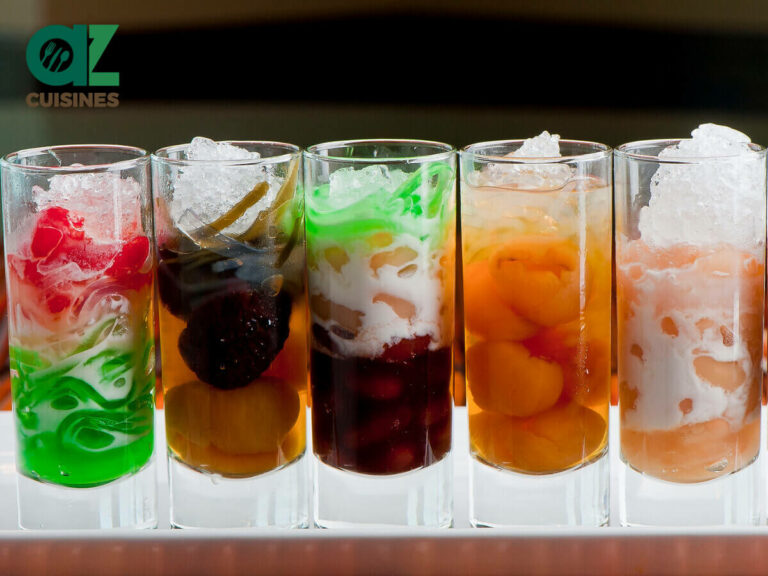
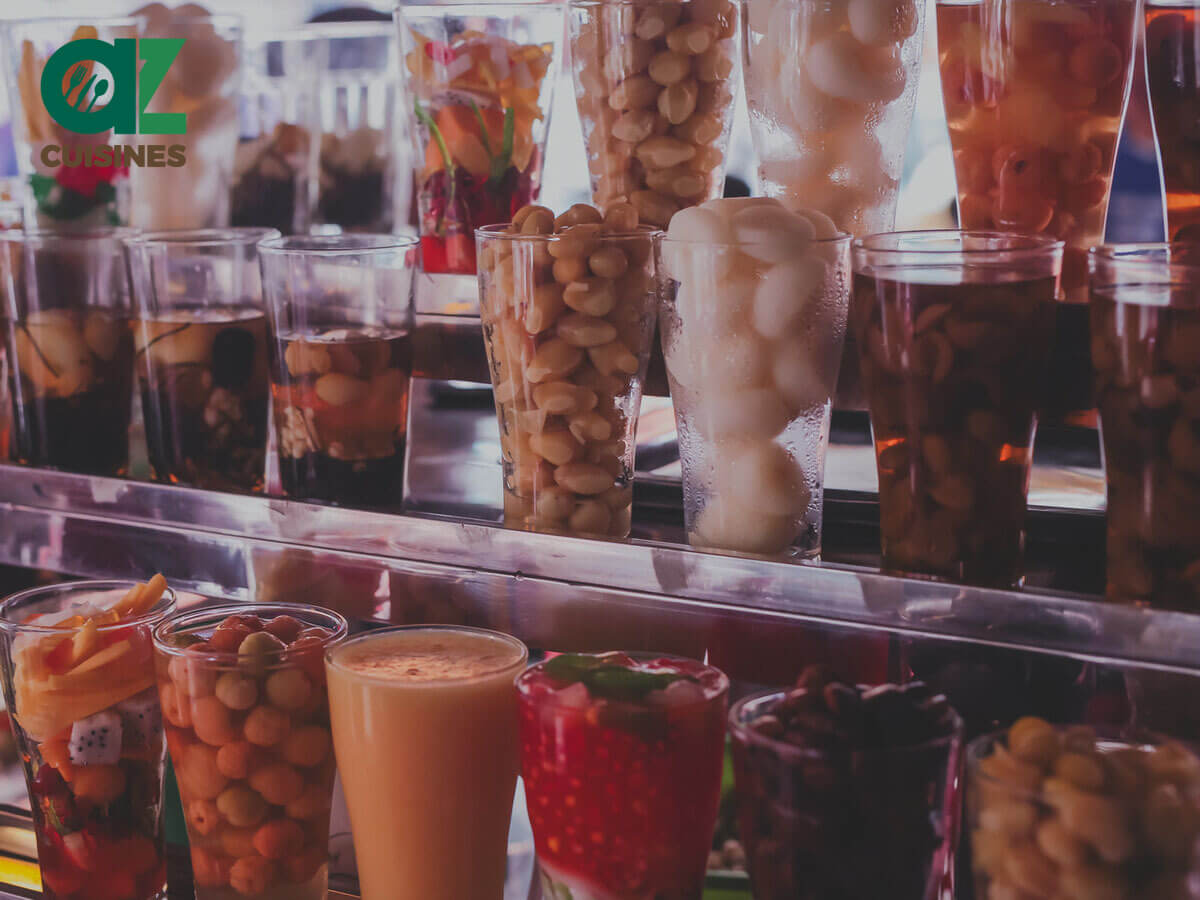

Truc Tran (Kris)
Senior Food Editor
Expertise
Home Cooking, Meal Planning, Recipe Development, Baking and Pastry, Food Editor, Cooking-video Maker, Vietnamese Food Evaluation Expert
Education
Truc Tran (Kris), an experienced food writer and editor, is great at exploring and describing global cuisines, from simple street food to fancy dining. In her writing, she skillfully mixes different flavors, cooking methods, and culinary traditions, showing the unique character of various cultures through their food and drinks. On azcuisines.com, Kris highlights her knowledge, especially in Asian cuisine and worldwide traditional dishes.